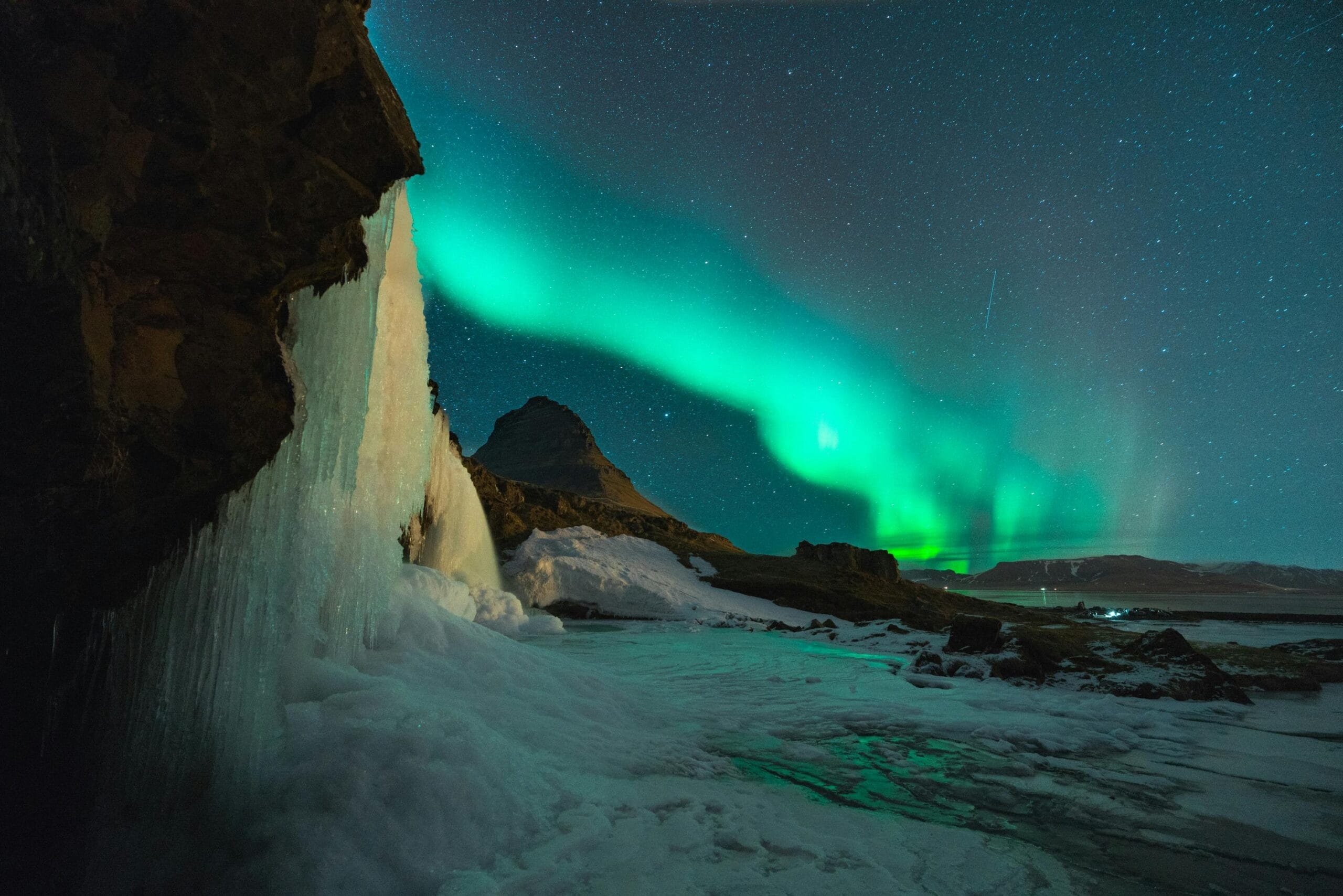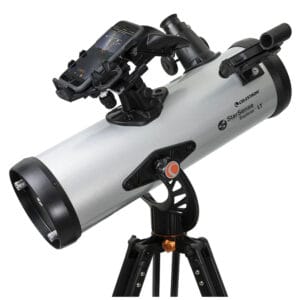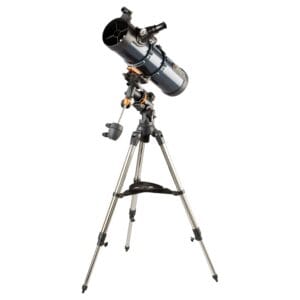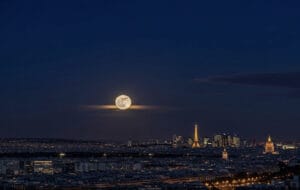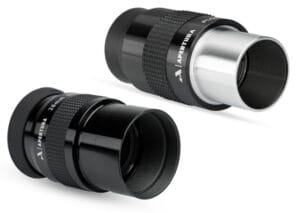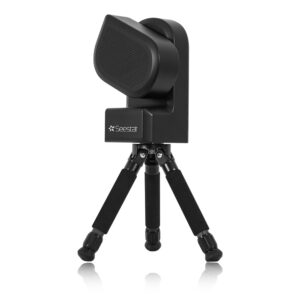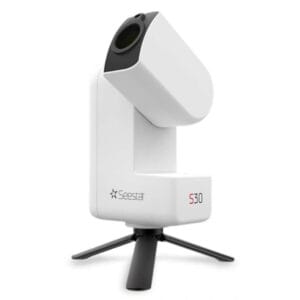The alternation of day and night is one of the most fascinating and fundamental phenomena we experience daily. This cycle plays a crucial role in nature and influences our life rhythms. But what exactly causes it and how can you better understand it, perhaps even observe it with a telescope? In this blog post, we explain what day and night on Earth exactly means and how you can observe this phenomenon with the right optical instruments.
How Do Day and Night Occur?
Day and night occur due to Earth’s rotation on its axis. The Earth rotates on its axis in approximately 24 hours, causing the sun to shine alternately on different parts of the planet. The side of Earth facing the sun experiences day, while the other side is shrouded in darkness and experiences night. This continuous rotation creates the natural alternation between light and dark.
However, the Earth doesn’t stand perfectly upright. Earth’s axis is tilted at an angle of approximately 23.5 degrees. This causes days to be longer or shorter in some parts of the year, depending on Earth’s position in its orbit around the sun. This also explains the seasonal changes we experience.
How Does Earth’s Rotation Affect Day and Night?
The Earth’s rotation speed affects the length of our days and nights. Near the equator, most areas have a fairly constant day and night cycle, with almost 12 hours of light and 12 hours of darkness. However, as you travel further from the equator, for example towards the poles, you notice greater variations in day length, especially during summer and winter. In some areas, it’s even dark for months during winter, while the sun doesn’t set during summer months.
Observing Earth’s Rotation
Although you can’t directly see Earth’s rotation with the naked eye, you can observe its effects in several ways. You can track the movement of shadows during the day or observe the path of stars with a telescope. Stars appear to move from east to west across the sky, a direct result of Earth’s rotation.
With telescopes, such as the Stellarvision 50080, you can observe in even more detail how rotation affects the movement of stars and planets. This makes stargazing at night not only a beautiful experience but also a way to better understand how our planet moves in the universe.
Observing Day and Night with a Telescope
Although telescopes are primarily associated with nighttime observations, they can also be used during the day to view the sun — provided you use a special solar filter to protect your eyes. Solar telescopes are designed to safely observe the sun and allow you to see fascinating details like sunspots and solar flares. This can help you develop a better understanding of the sun’s role in the alternation of day and night.
Additionally, using binoculars or a spotting scope, you can also observe interesting terrestrial landscapes and natural phenomena during the day. For example, the Lunar 360 Binoculars provide sharp images of both terrestrial objects and the lunar surface. Whether you’re watching birds during the day or admiring the night sky, with the right optical instrument you can make fascinating observations at any time of day.
Light Pollution and Nighttime Observations
An important factor in nighttime observations is light pollution. In urban areas, artificial light can dim the night sky and make it harder to observe stars and planets. For the best results, you’ll want to find a location far from cities and artificial light sources. If you’re in an area with high light pollution, a telescope with good light gathering capabilities, like the StellarVision, can still provide you with an impressive viewing experience.
Conclusion
Day and night are much more than a daily routine – it’s a phenomenon that keeps Earth in motion and makes life as we know it possible. Whether you’re a beginner wanting to learn more about astronomy or an experienced stargazer wanting to observe the movement of stars and planets, the right optical instruments can help you examine this fascinating phenomenon up close. Make sure you’re always well-prepared, with a well-equipped telescope or binoculars, so you can enjoy the beauty of our planet and the universe at any time of day or night.

